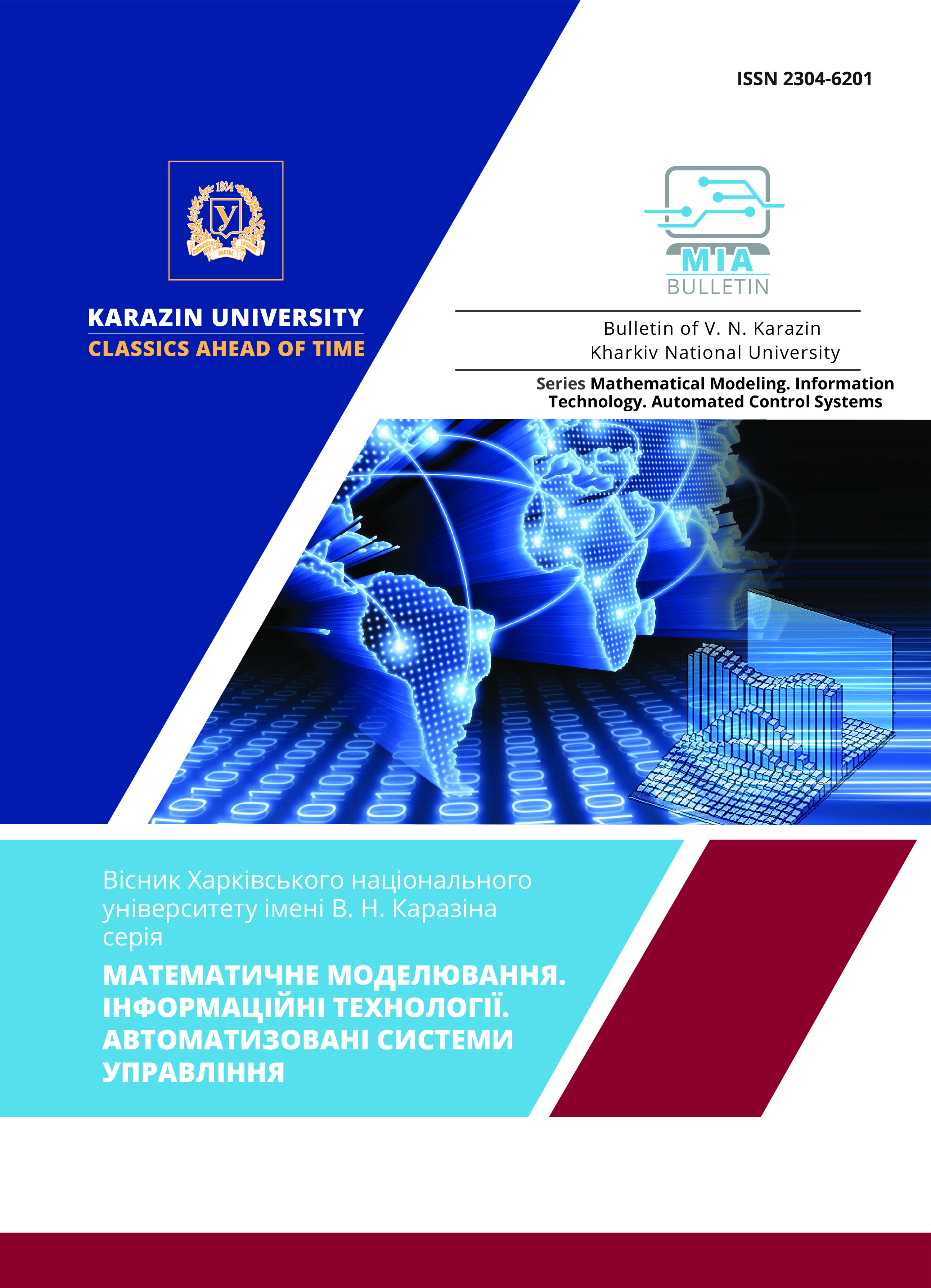Forecasting and analytics in virtual distributed systems: Using machine learning models and analytical tools
Abstract
This scientific article is devoted to the development of a conceptual model for the synthesis of the architecture of virtual distributed systems (VDS). The article examines key aspects of virtual distributed systems, including hardware, hypervisors, virtual machines, and management modules. The methodological principles of architecture synthesis are highlighted, starting from the analysis of system requirements, architecture design, implementation and testing, ending with the evaluation and optimization of VRS performance. The article emphasizes the importance of each stage in this process, emphasizes the need for a deep understanding of system requirements and the selection of appropriate technologies. The article pays special attention to the role of hypervisors and virtual machines in VRS, their connection to hardware and resource management capabilities. This article will be useful for virtualization and computing researchers and practitioners who are designing or optimizing virtual distributed systems. The article is devoted to important issues related to forecasting and optimization of virtual distributed systems, which is a key element of modern technological infrastructures. With the development of computing technologies and artificial intelligence, the need for effective resource management and support of high throughput in computing systems is increasing. The purpose of this scientific work is to research and analyze the application of machine learning algorithms, in particular LSTM (Long Short-Term Memory) and the attention mechanism, for forecasting and optimization of virtual distributed systems. The paper seeks to examine in detail how these technologies can improve resource management, provide higher efficiency and throughput of systems, and analyze how they help identify potential problems and optimize resource allocation based on accurate forecasts and historical data analysis. This paper uses various research methods, which include
Downloads
References
/References
Sarker IH, Furhad MH, Nowrozy R. Ai-driven cybersecurity: an overview, security intelligence modeling and research directions. SN Comput Sci. 2021;2:1–18.
Zhang C, Lu Y. Study on artificial intelligence: the state of the art and future prospects. J Industrial Inform Integr. 2021;23: 100224.
Aibin M (2020) LSTM for Cloud Data Centers Resource Allocation in Software-Defined Optical Networks. In: 2020 11th IEEE Annual Ubiquitous Computing, Electronics & Mobile Communication Conference (UEMCON). IEEE, New York, p 0162–0167
IBM. (n.d.). Recurrent Neural Networks (RNN) - Overview. Retrieved from https://www.ibm.com/topics/recurrent-neural-networks
J. Kumar, R. Goomer, A.K. Singh, Long short term memory recurrent neural network (lstm-rnn) based workload forecasting model for cloud datacenters. Procedia Comput Sci 125, 676–682 (2018)
Ashawa, M., Douglas, O., Osamor, J. et al. Improving cloud efficiency through optimized resource allocation technique for load balancing using LSTM machine learning algorithm. J Cloud Comp 11, 87 (2022). https://doi.org/10.1186/s13677-022-00362-x
Zhu, Y., Zhang, W., Chen, Y. et al. A novel approach to workload prediction using attention-based LSTM encoder-decoder network in cloud environment. J Wireless Com Network 2019, 274 (2019). https://doi.org/10.1186/s13638-019-1605-z
Sarker IH, Furhad MH, Nowrozy R. Ai-driven cybersecurity: an overview, security intelligence modeling and research directions. SN Comput Sci. 2021;2:1–18.
Zhang C, Lu Y. Study on artificial intelligence: the state of the art and future prospects. J Industrial Inform Integr. 2021;23: 100224.
Aibin M (2020) LSTM for Cloud Data Centers Resource Allocation in Software-Defined Optical Networks. In: 2020 11th IEEE Annual Ubiquitous Computing, Electronics & Mobile Communication Conference (UEMCON). IEEE, New York, p 0162–0167
IBM. (n.d.). Recurrent Neural Networks (RNN) - Overview. Retrieved from https://www.ibm.com/topics/recurrent-neural-networks
J. Kumar, R. Goomer, A.K. Singh, Long short term memory recurrent neural network (lstm-rnn) based workload forecasting model for cloud datacenters. Procedia Comput Sci 125, 676–682 (2018)
Ashawa, M., Douglas, O., Osamor, J. et al. Improving cloud efficiency through optimized resource allocation technique for load balancing using LSTM machine learning algorithm. J Cloud Comp 11, 87 (2022). https://doi.org/10.1186/s13677-022-00362-x
Zhu, Y., Zhang, W., Chen, Y. et al. A novel approach to workload prediction using attention-based LSTM encoder-decoder network in cloud environment. J Wireless Com Network 2019, 274 (2019). https://doi.org/10.1186/s13638-019-1605-z




